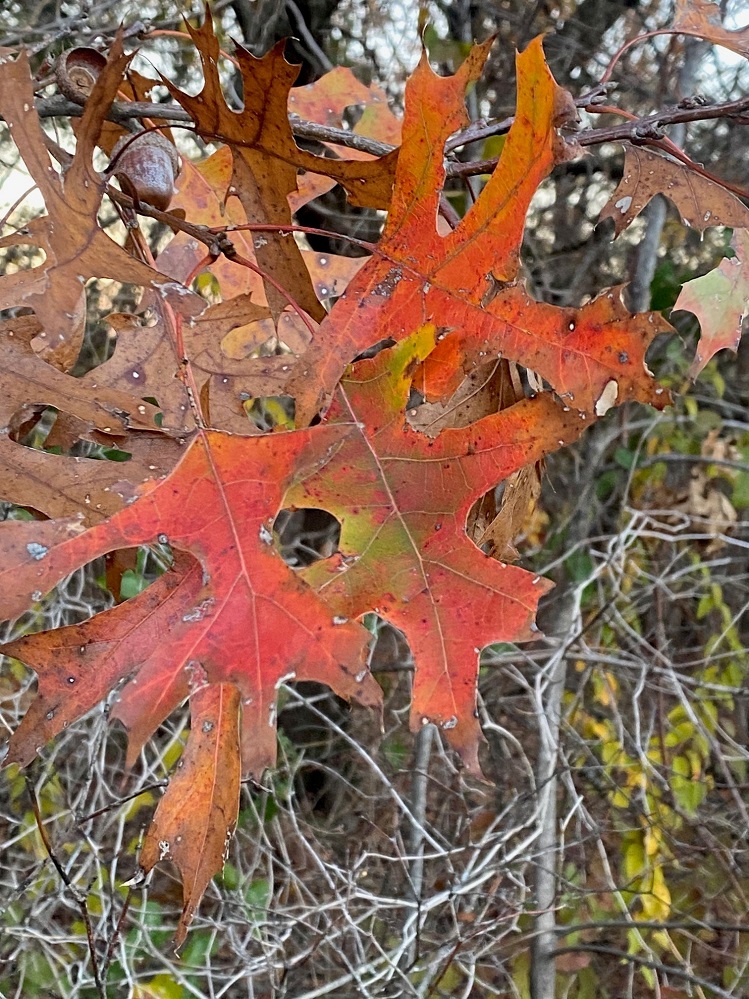January 21, 2024 – You’ll recall (I hope!) that all oaks are either red oaks or white oaks. With only a very few exceptions, all red oaks have pointed lobed leaves, while white oaks have rounded lobes. With that introduction, the tree for discussion this week is one that few in our area are familiar, the shingle oak (Quercus imbriicaria). It’s a red oak, BUT it has no pointed lobes.
Shingle oaks are no longer regarded as a tree for lumber and as such, make a great shade tree. In years past, the wood was important for making shingles by those moving across the country for their new homes; hence the tree’s common name. Additionally, they make great host trees for caterpillars which are, in turn, fed on by songbirds! They’re also hosts for numerous moths and butterflyies. Acorns are small, so they can be consumed by small animals. In other words, they are a valuable food source for squirrels and birds. They provide shade in the summer and protection from winds (dead leaves are very slow to drop) in winter.
Shingle oaks grow to a height of40-60’ with a similar wingspread. It can, however, reach 100’, but I suspect this is mostly in rural areas. The crown is cone shaped for young trees but gradually becomes rounded with age. Trunk diameter can reach 40”. Leaves are 4-6” long and 1-2” wide. They emerge bright red, and slowly turn to dark green as they mature. The trees adapt to numerous soil types & moisture levels, and grows in full sun to part shade. Like most oaks, shingle oak doesn’t transplant very well, so carefully plan in advance where you want it to grow.
Supplemental watering is only required for the first year. Weekly provide 2-3 gallons of water for each inch in trunk diameter.








